Buddhist Cultural Tourist Area of Great Buddha and Zen Temple
Buddhist Cultural Tourist Area of Great Buddha and Zen Temple
As the first door to worship Mount Emei, the Buddha Zen Temple is the first stop to pray and worship in Emei, and it is also a must-go place. The Grand Buddha Temple, formerly known as the Grand Buddha Temple, is located in the eastern suburb of Emeishan City. It has convenient transportation, great momentum, meticulous construction structure, and many important halls and Zen houses.
The temples in Mount Emei are seldom commercial. Nobody goes around lobbying you to donate money, buy Incense and buy souvenirs. Visitors and pilgrims can give, perfume and worship according to their wishes without any interference, which makes people feel that this is the real return.
Emei Mountain Buddhist Chan Temple is located in the eastern suburbs of Emei Mountain. The whole temple is magnificent, magnificent and magnificent. It is not only the starting point for praying and pilgrimage to the Buddhist circles of Emei Mountain, but also the starting point for public tourists to visit Emei Mountain and enter famous mountains.
geographical environment
The Grand Buddha Chan Temple, formerly known as the Grand Buddha Temple (also known as the Grand Buddha Hall among the people), was originally located in the eastern suburbs of Emeishan City. It was founded by infinite National Teachers in the Ming Dynasty and lasted for 15 years. The monastery covers an area of more than 300 mu and has more than 140 Zen houses. Because the Great Compassion Hall in the temple presents a bronze statue of Guanyin Bodhisattva with thousand hands and thousand eyes, 12 meters high. Empress Dowager Cisheng, the mother of Emperor Wanli in Ming Dynasty, specially gives the temple the name "Great Buddha Temple".
On December 14, 2008, the Grand Buddha Chan Hall officially opened to the outside world by holding the Kaiguang Law Society and the inauguration celebration of the Grand Buddha Chan Hall in Emeishan. With an area of more than 400 mu and a building area of 56,000 square meters, the Zen Temple is the first gateway to Mount Emei and one of the largest ten-square jungles in Asia. It has become a supreme monastery that integrates cultivating monks, specializing in certification, Buddhist studies and promoting Farison.
Historical culture
During the War of Resistance Against Japan in the Republic of China (1939), in order to shelter from Japanese bombing, the National Government transported the cultural relics of the Palace Museum to Emei, kept them in the Great Buddha Temple and sent troops to guard them.
In 1958, the bronze statue of Guanyin Bodhisattva with thousands of hands and thousands of eyes was destroyed to make steel, and the temple disappeared.
On May 23, 1993, the Emeishan Municipal People's Government approved the Emeishan Buddhist Association to "restore the Great Buddhist Hall at the old site of the former Great Buddhist Hall" by document No. 64 (1993). Afterwards, because the original buildings are too dense, the demolition is very difficult, and the scale of the temple is limited, the city government approved Emei Mountain Buddhist Association in 1995 to raise funds to buy 226 mu of land in Baita Mountain in the southern suburbs of the city, and to restore and rebuild the Great Buddhist Temple. According to the cultural connotation of Puxian Daochang and the need of the development of Buddhist culture in Emeishan, Emeishan Buddhist Association, after repeated discussion and careful study, submitted to the government for approval, decided to rename the Great Buddha Temple as "Great Buddha Zen Temple".
On April 6, 1996 (Birthday of Guan Shi Yin Bodhisattva), Emei Mountain Buddhist Association held the Foundation-laying Meeting of the Great Buddha Zen Hall on Mount Baita in the south of Emei City. More than 5,000 people from Kuanming, Yongshou and Tongxiao, the relevant leaders of the provinces, Leshan and Emeishan, and the elite monks, elders and believers from all over the province and from all over the world participated in the Fair. The news of the restoration of the Grand Buddha Zen Temple, which was reported by various media, has attracted widespread attention of the society and received active support from the ten faithful. After intensive preparations, on March 19, 1998 (the birthday of Puxian Bodhisattva), the restoration project of the Grand Buddha Zen Temple was officially started. The Zen Temple was built at the "Buddha Pagoda" of the former Grand Buddha Temple, outside the moat south of Emei City.
Maintenance and protection
In the process of the restoration and construction of the Grand Buddha Zen Temple, the Emeishan Buddhist Association unified its ideas and formed a consensus: the Grand Buddha Zen Temple is a famous ten-square jungle temple in history. The restored Zen Temple must reproduce its former glory and solemnity, stand the test of history, concentrate on manpower, material resources, energy and wisdom, and build the Grand Buddha Zen Temple into a large-scale, good quality and architectural taste. Gao, Buddhist culture rich, can inherit many years of high-quality temples, making it an important part of the pilgrimage to Mount Emei.
Main attractions
The Great Buddha Zen Temple opens eastward with eleven courtyards in ten halls, orderly from east to west. The Pharmacist Hall of Daguang Building is situated in the north and south of the city. It faces the South Road of Foguang in the city. It is the entrance to the great Buddha Zen Temple. The Ming and Qing style city building is the north entrance of the Zen Temple.
The overall layout of the Grand Buddha Zen Temple is divided into three functional areas: the North (Lincheng District) is a Buddhist worship area, that is, a religious ritual space, the middle is a Buddhist garden culture sharing area, and the south is a Buddhist school education area, that is, Sichuan Buddhist College.
Pilgrimage area
The main building of the pilgrimage area is situated West to East and eleven into the courtyard. Along the central axis, it is composed of archway, Daguang Street, Shanmen, Peacock Ming King Hall, Maitreya Hall, Dizang Hall, Pharmacist Hall, Manjushu Hall, Guanyin Hall, Puxian Hall, Daxiong Palace, Tibetan Jinglou, giant wall, Guangming Mountain and so on. It is situated on eleventh-level platform, with a height difference of 33 meters, rising step by step according to the terrain, with great momentum.
Public Garden Area
The Emei Academy is mosaic in the central public garden area. Here, exotic flowers and exotic flowers, full of lush onions, with seasonal joy, the next opening; precious forests, lush growth, row after row, scattered in a delightful way; forest winding paths, smooth swimming in the meantime, relaxed and happy. There are three huge release ponds, Miaojue Lotus Pool, Isojue Lotus Pool and Yuanjue Lotus Pool, which are connected step by step and occupy more than 100 mu of land. The pool is like a mirror, the waves are bright, the flowers are red, the leaves are green, and the water lilies offer blessings, which makes people realize the philosophy of "Buddha is in the net". Walking along the levees and pools, we can get a good view of the distant mountains. In the lake and mountain reflecting pools, turtles swim in groups. The geographical space is perfectly combined, and people and nature coexist in harmony. In line with the principle of "public recognition, public participation, public achievement and public sharing", the shared garden area of the Grand Buddha Zen Temple is open to the public free of charge all the year round, becoming an ideal leisure place for the citizens, objectively playing the role of the city park.
Culture and Education Zone
In the south of the cultural and educational area, there are Sichuan Emeishan Buddhist College, Daguang Lecture Hall, Library, Pavilion, Platform, Tower, Pavilion, fresh and elegant; the mountains and rivers are set off with a unique style, which has become the center of Emeishan Buddhist education, Buddhist studies and cultivation of monks and talents. According to the Buddhist concepts of "Buddha, Dharma and Monk" and "Body, Phase and Utilization", the Buddhist Chan Temple represents the "feet" of the sages and Bodhisattvas and is the symbol of the "monks", while the "monks" are the basis of promoting Buddhist culture. Thus, the Buddhist Chan Temple is the center of training Buddhist talents.
Apart from the main halls, the library of the Buddhist Academy in the temple is rich in books and elegant in environment. There are many famous Buddhist classics in the library, and various Buddhist propaganda materials read free of charge, which are very worth visiting. Save your bags when you enter the library. Don't make any noise. Opening time: 8:00-18:00.
After the completion of all the projects of the Grand Buddha Zen Hall, it will become a more complete ten-square jungle Zen Hall, which can realize the compatibility of various functions, i.e. a thousand worlds of pure Zen, education and promotion of Fali-sheng. It will become an important platform for Emei Mountain to carry forward Buddhism, cultivate monks, study Buddhist literature, exchange with other countries and preserve, display and publicize cultural relics. With the development of Buddhist culture and tourism economy in Emei Mountain, this platform will play an increasingly important role.
Visiting information
Traffic information
The traffic of Emeishan Grand Buddha Zen Temple is relatively convenient. You can take No. 5 bus from Emei Scenic Area to Emei City, and then walk to the Grand Buddha Zen Temple for about 10 minutes.
About 15 yuan by taxi from Emei scenic spot.
Ticket information
Entrance tickets to Emei Mountain Buddha Zen Temple have been restored from 10 yuan to 58 yuan since March 2014.
Preferences will continue to be offered to the citizens in Leshan City: 1. The citizens in Leshan City will purchase tickets with their ID cards and pay 10 yuan per person; 2. The citizens in Leshan City will also be able to apply for annual cards with their ID cards for 120 yuan per year, with unlimited visits.
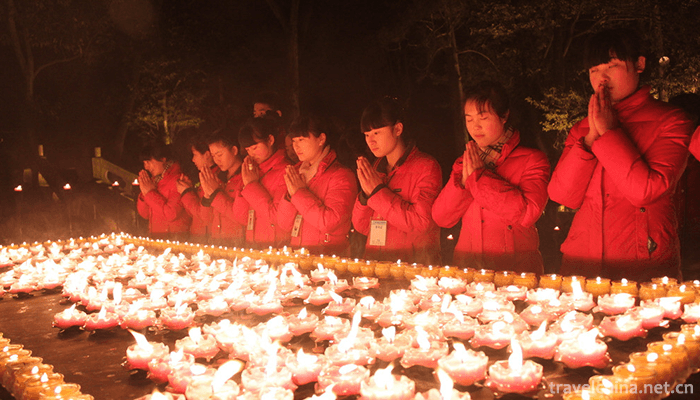
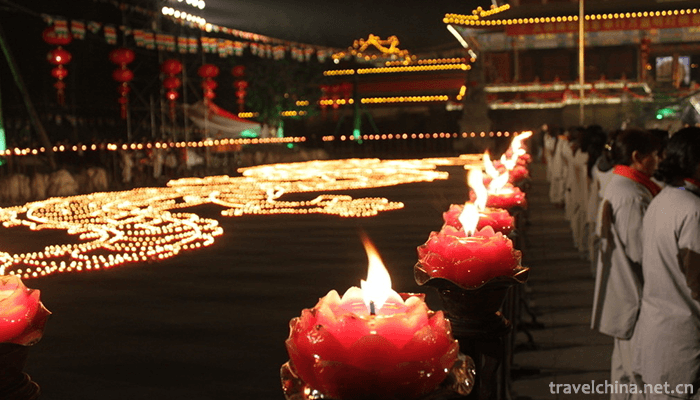
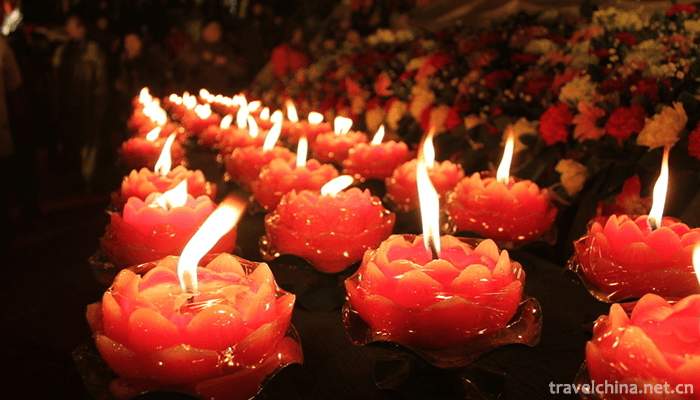
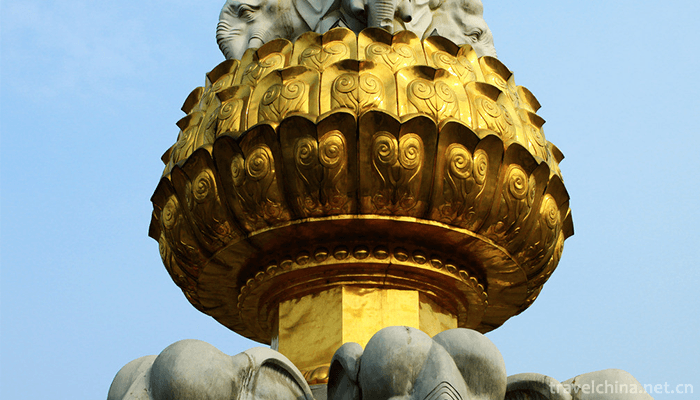
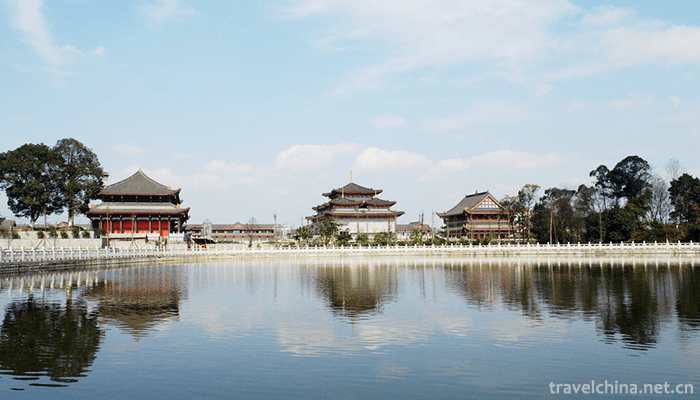

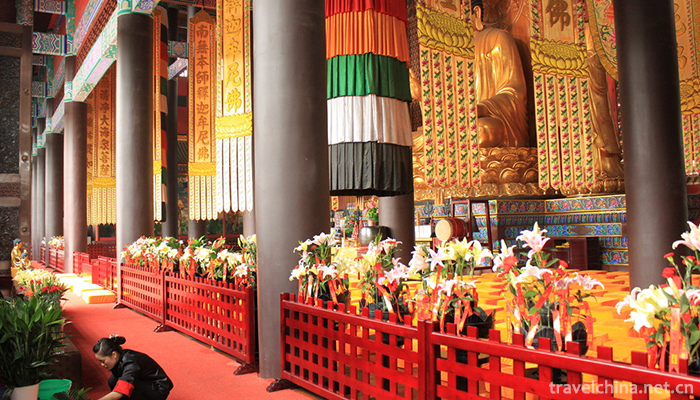
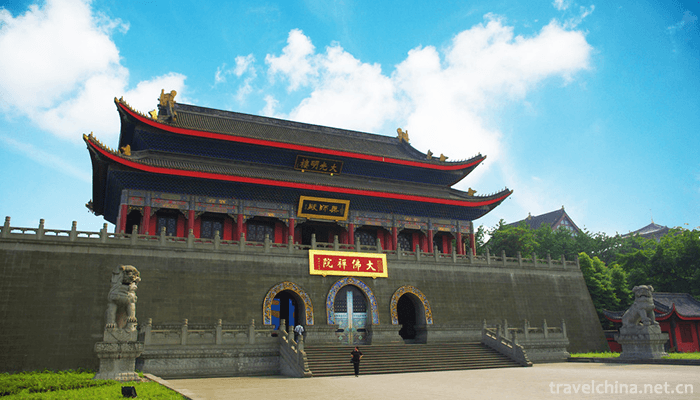
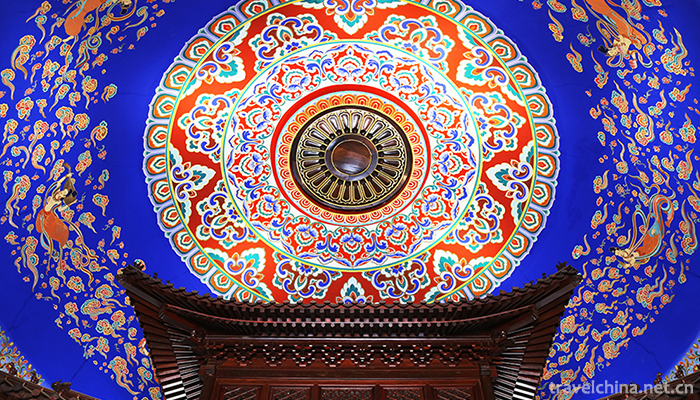
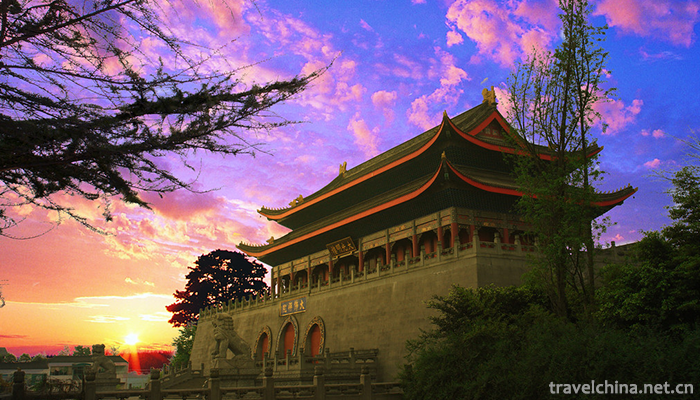
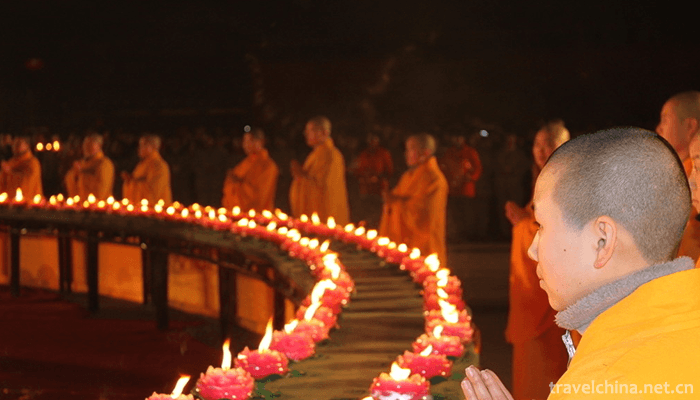
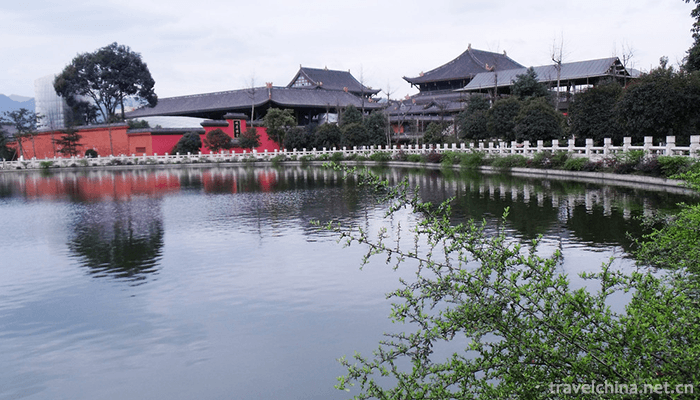
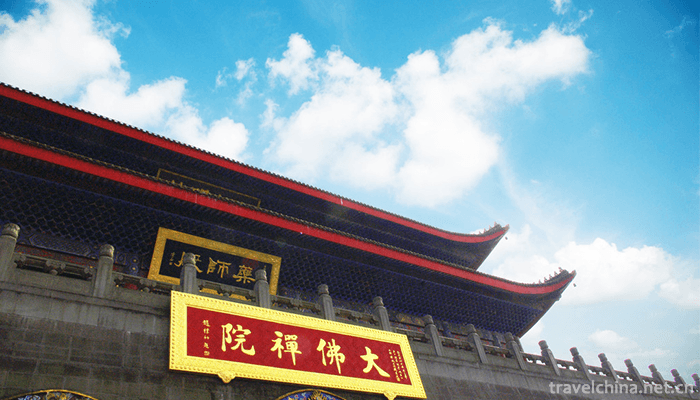
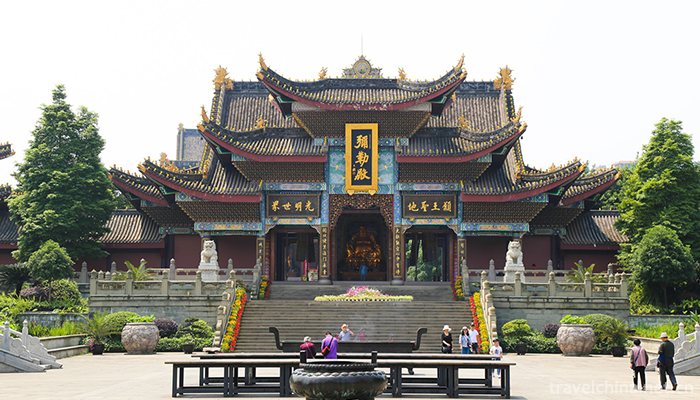
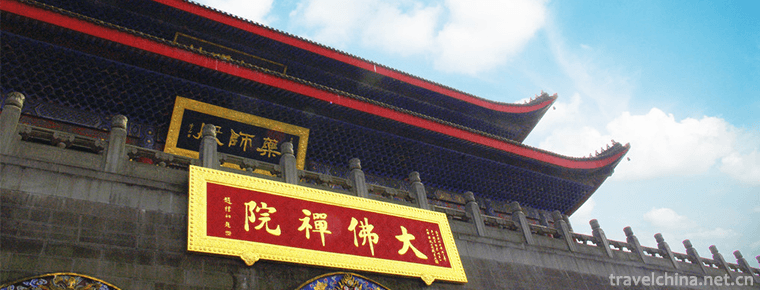
-
2.Ashatu Stonehenge Tourist Area Chifeng City Inner Mongolia Autonomous Region
Ashatu Stonehenge Tourist Area, Chifeng City, Inner Mongolia Autonomous Region Keshkten Stone Matrix (formerly Ashatu Stone Forest) is located in Keshkten Banner of Chifeng City
Time 2018-12-02 -
3.wunv mountain city
Wunu Mountain City is a national key cultural relic protection unit. It was built by Zhu Meng, the ancestor of Koguryo. The three gates of the city are narrow at the bottom of the wall
Time 2018-12-22 -
4.dalian forest zoo
Dalian Forest Zoo is located in Baiyun Mountain Scenic Area, Dalian, covering an area of 7.2 square kilometers. The zoo is divided into two parts: the first phase of captivity and the second phase of
Time 2019-01-06 -
5.Huizhou folk songs
Huizhou folk song is an ancient traditional folk art in Huizhou area. It is rich in content and diverse in genres, including chants, folk songs, minors, Buddhist and Taoist songs,
Time 2019-05-04 -
6.Jinshi seal carving
Epigraphic seal carving is an ancient Chinese traditional arts and crafts, which belongs to an important part of Chinese stone culture. As the birthplace of inscription, Xiling Seal Press has been lis
Time 2019-05-07 -
7.Xiamen lacquer line carving skills
Xiamen lacquer line carving technique is to use old brick powder, large paint and cooked tung oil as raw materials to mix, repeatedly beat into soft and resilient clay (commonly known as "lacquer
Time 2019-06-12 -
8.Shangdong clapper opera
Shandong Bangzi is a traditional local opera popular in Southwest Shandong and Central Shandong. Also known as "high-profile Bangzi", short for "high-profile" or "high-profile
Time 2019-06-13 -
9.Shandong drum
In addition to the book drum, the musical instruments of Shandong drum were initially beaten with two pieces of plough and plough, and then two pieces of iron and copper were used, accompanied by thre
Time 2019-06-13 -
10.Sichuan University
Sichuan University is a national key university directly under the Ministry of Education, and a high-level research-oriented comprehensive university with national layout and key construction in Weste
Time 2019-08-30 -
11.Guangyuan Tourism
In 2018, the city has 1 AAAAA scenic spot, 19 AAAA scenic spots, 18 AAA scenic spots and 8 AA scenic spots. In the whole year, it received 50.2886 million tourists, an increase of 11.4%. The total income of the tourism industry was 41.953 billion yuan, an increase of 25.4%.
Time 2020-12-15 -
12.Yibin local specialty
The production of bamboo spring, bamboo carving and bamboo weaving in Yibin city began in Yuan and Ming Dynasty, with excellent materials and local characteristics and life interests. Therefore, he became famous both at home and abroad and entered the court many times.
Time 2020-12-18